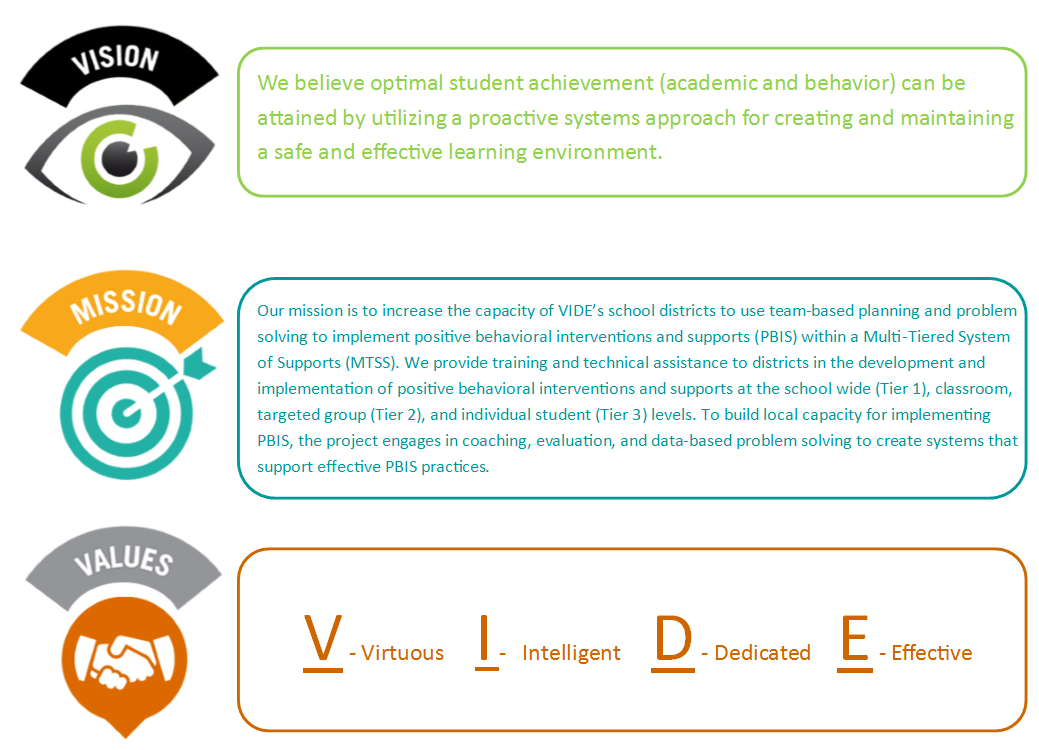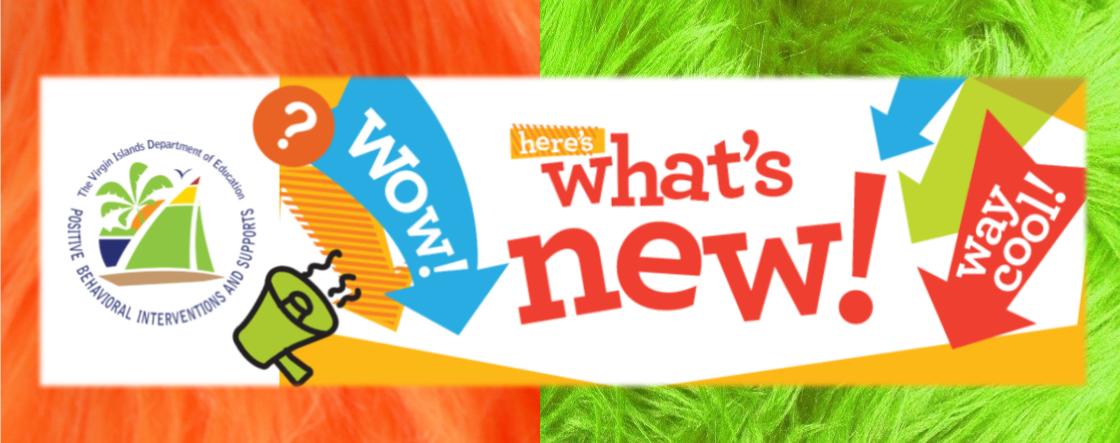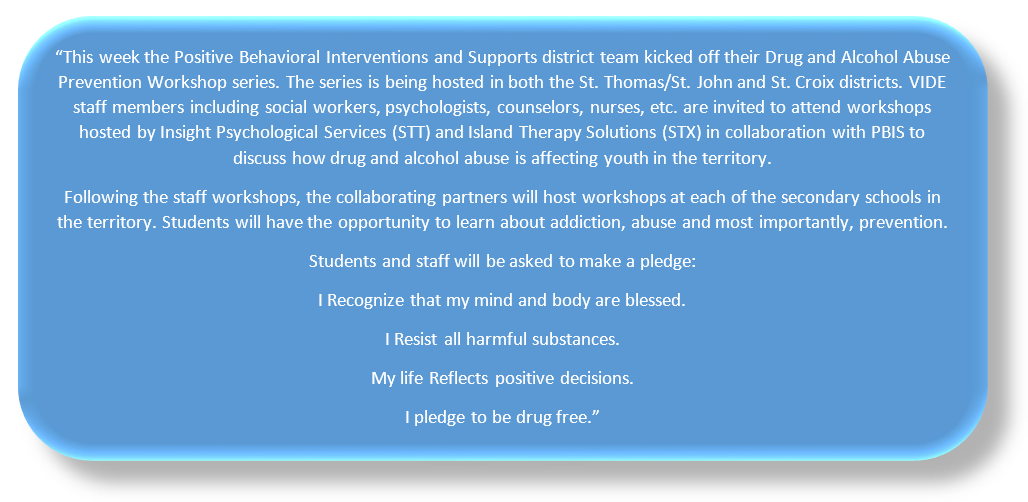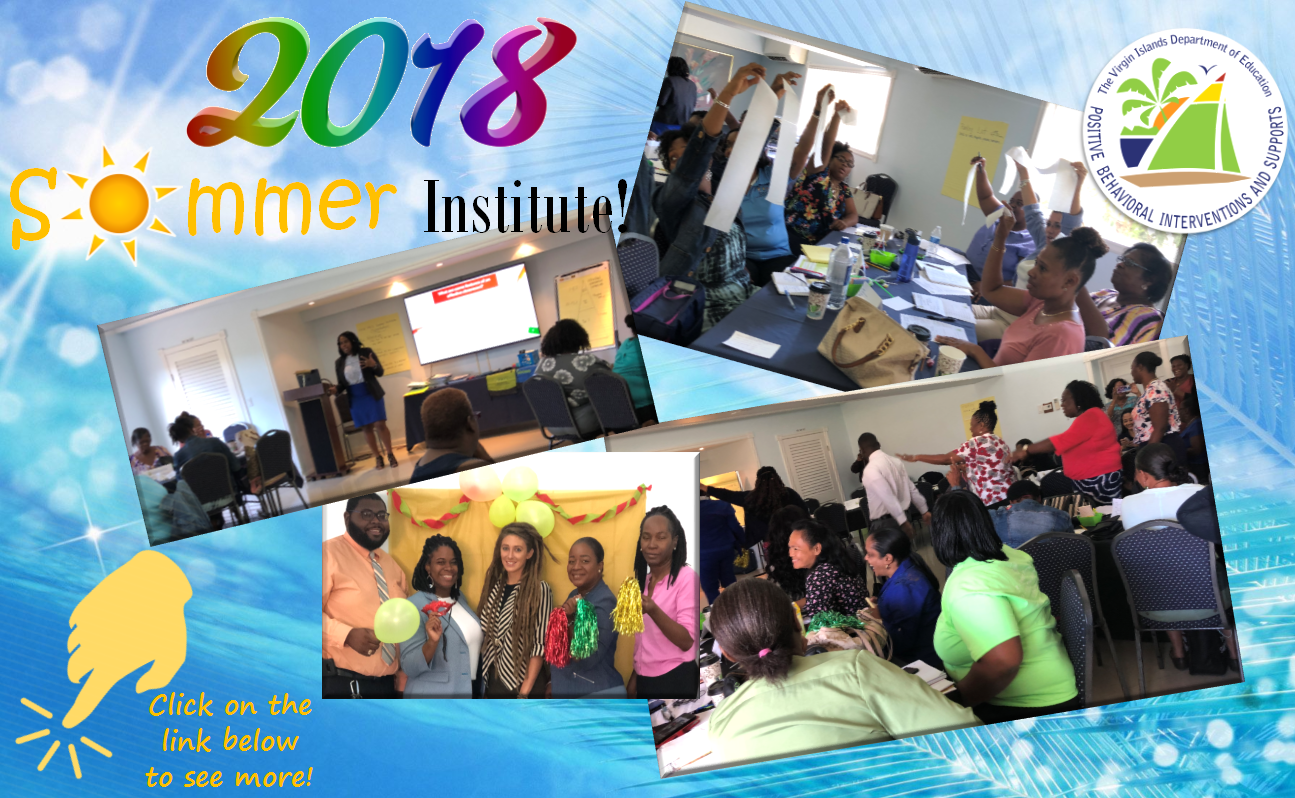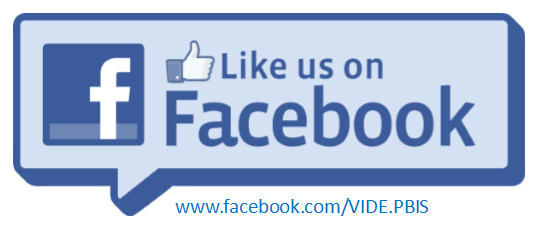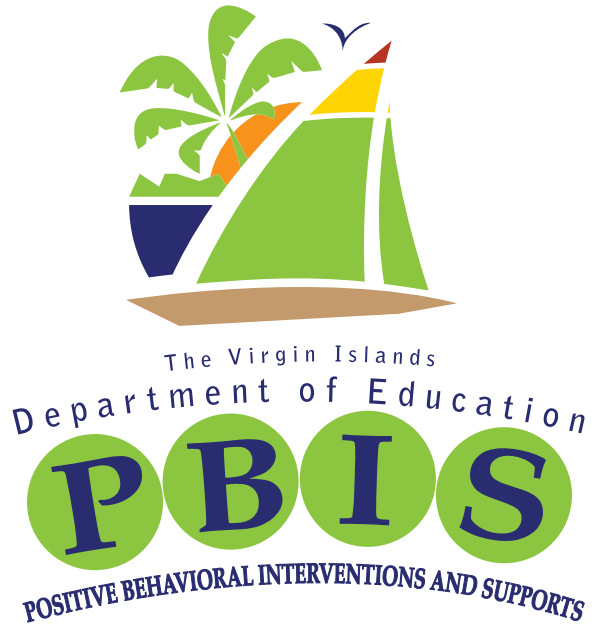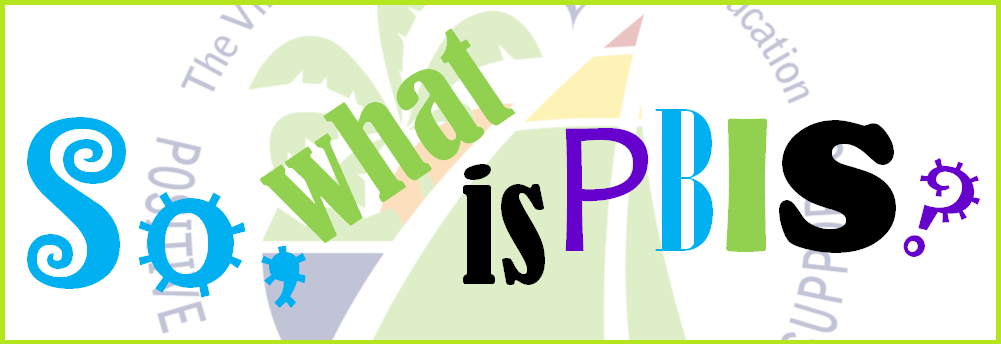Positive Behavioral Interventions and Supports (PBIS) when applied at the Schoolwide level is frequently called: SWPBS or SW-PBIS; SW-PBIS refers to a systems change process for an entire school or district. The underlying theme is teaching behavioral expectations in the same manner as any core curriculum subject. Furthermore it is a three-tiered model:
PBIS se refiere a un proceso de cambio de sistemas para toda una escuela o distrito. El tema subyacente es enseñar las expectativas de comportamiento de la misma manera que cualquier materia del plan de estudios básico. Además, es un modelo de tres cansados:
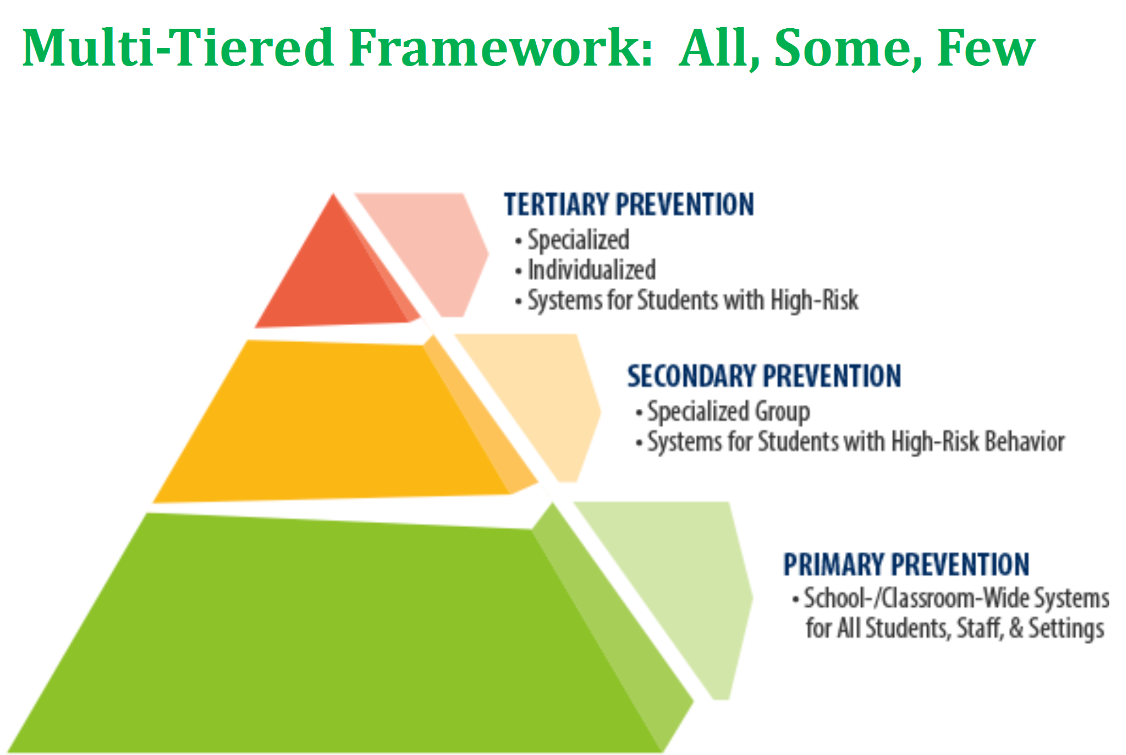
Tier 1 support is significant- in that it -moves the structural framework of each educational unit from reactive approaches to proactive systems change performance. This effort cohesively unites all the adults in using 1) common language, 2) common practices, and 3) consistent application of positive and negative reinforcement. There are many caveats to the training, planning, and implementation of PBIS. Just a few of the features are listed below:
- Behavioral Expectations
- Labeling Appropriate Behaviors and Actions
- Teaching Appropriate Behavioral Actions
- Observing and praising Appropriate Behaviors
Tier 2 is focused on reducing the frequency and intensity of incidents of problem behaviors for students who are not responsive to primary intervention practices by providing more focused, intensive, and frequent small group-oriented responses in situations where problem behavior is likely.
Tier 3 focuses on reducing the intensity, frequency, and/or complexity of existing problem behaviors that are resistant to and/or unlikely to be addressed by primary and secondary prevention efforts by providing most individualized responses to situations where problem behavior is likely.
Each school in the district is implementing PBIS. Typically, a team of approximately five representative members of the school will attend a two or three day training provided by skilled trainers. This team will be comprised of administrators, counselors, paraprofessionals and regular and special education teachers. Schools will focus on three to five behavioral expectations that are positively stated and easy to remember. In other words, rather than telling students what not to do, the school will focus on the preferred behaviors. Here is an example from a school:
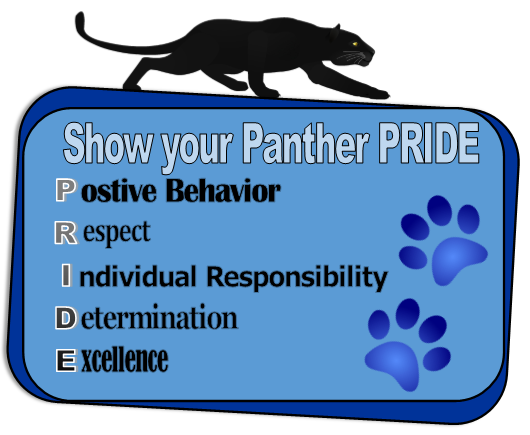
After the SW-PBS team determines the 3-5 behavioral expectations that suit the needs of their school, the expectations are brought to the faculty, staff and students. Consistency from class to class and adult to adult is very important for successful implementation of SW-PBS. The team will then create a matrix of what the behavioral expectations look like, sound like, and feel like in all the non-classroom areas. This matrix will have approximately three positively stated examples for each area. Here is an example:
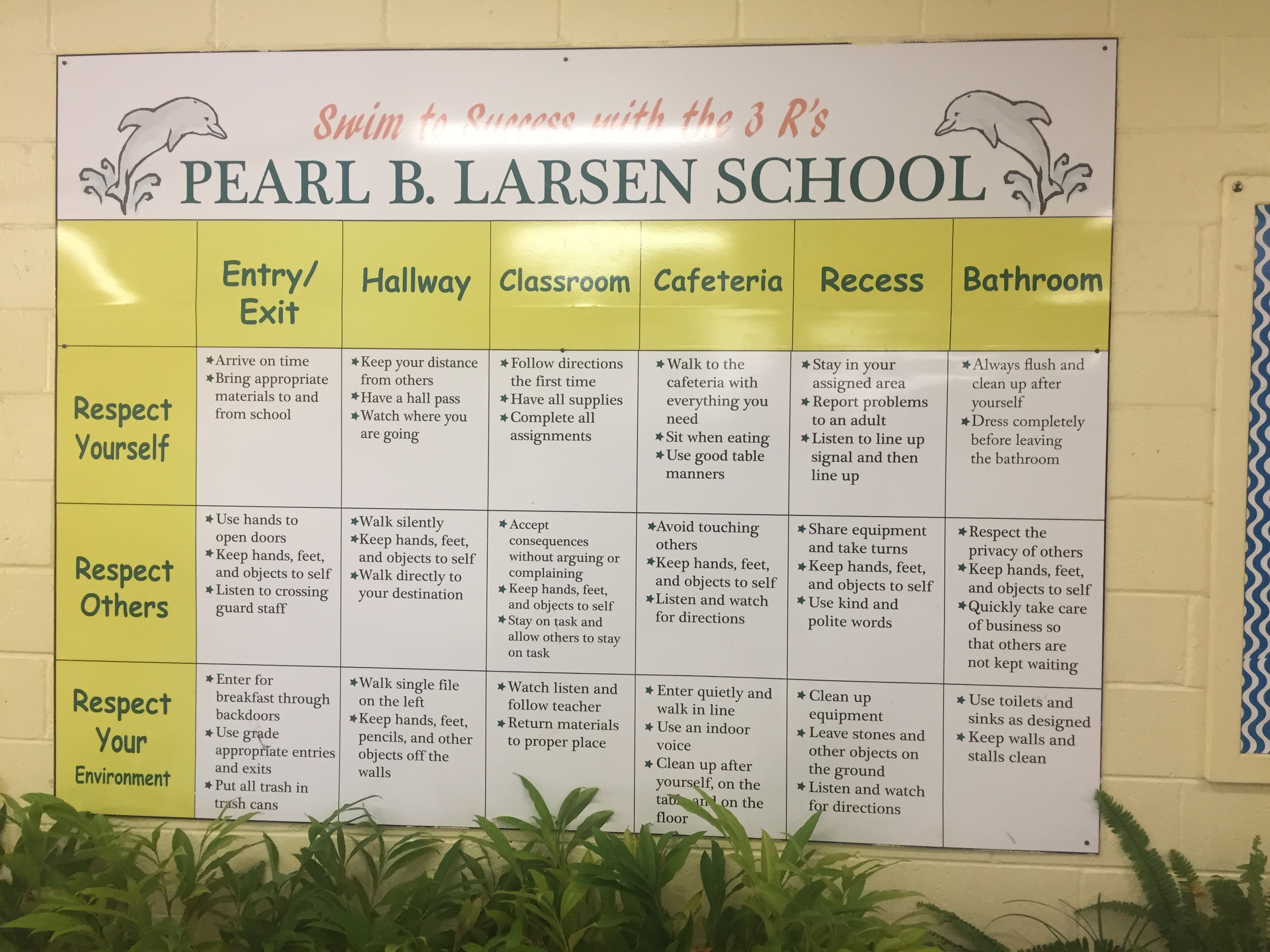
Expectations are taught in each classroom. Lesson plans are available for teaching respect, responsibility etc.
Some schools choose to use several days at the beginning of the year to take the students around the school to stations, where the skills are taught in setting specific locations. For example, a bus may be brought to the school and the children will practice lining up, entering the bus, sitting on the bus, and exiting the bus using hula hoops to denote proper body space distance in lining up to enter the bus.
SW-PBIS also looks at the office discipline referral form. The team decides which problem behaviors are classroom managed and which are office managed. SW-PBIS focuses on developing enhanced classroom management strategies to set students up for success. Strategies include teaching and re-teaching expectations.
Schools analyze data from Power School and SWIS to monitor and graph academic achievement, attendance, and office discipline referral data. Office discipline referral data such as behavioral incidents per day, per month, time of day, specific behaviors, location and by specific student is examined. This allows schools to drill down information to create a precise problem statement in order to come up with strategies to resolve behavioral issues.
Furthermore, SW-PBIS recognizes positive behaviors through various modalities. Schools use reward systems, token economies and “gotcha being good” programs. Additionally teachers and staff are rewarded for using positive learning strategies.
As schools progress in PBIS implementation additional resources and strategies are developed to address more difficult situations.
The above activities are just a few of the steps SW-PBIS encompasses. For further information please visit: www.pbis.org
